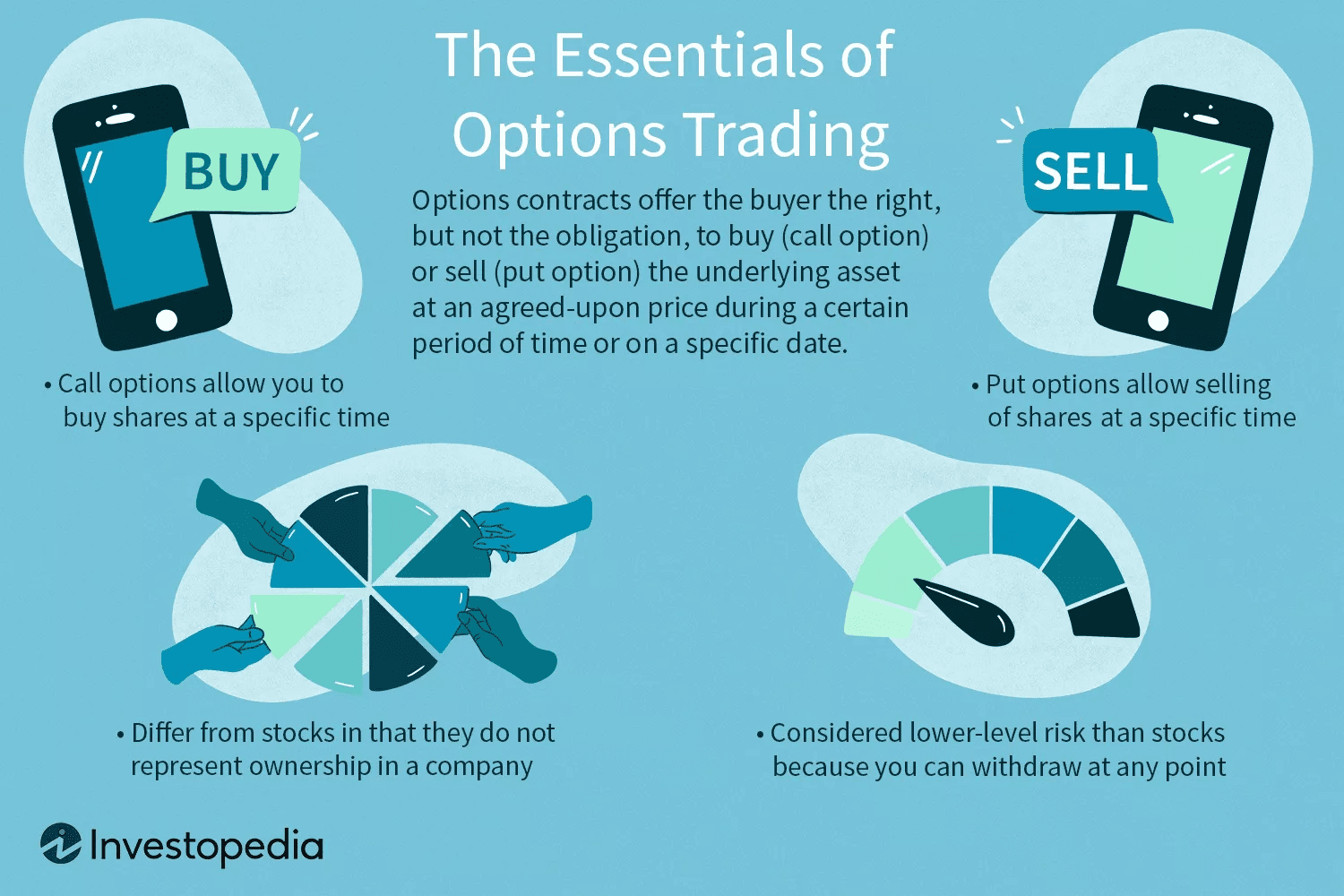So, this whole “brown trade” idea. When I first heard about it, sounded kinda folksy, almost like some old-school barter system. You know, a way to swap things, maybe stuff you didn’t need for something you did. I pictured it being straightforward, a bit like those community swap meets.

My First Brush With It
My first actual dive into what they called “brown trade” was at this place I worked a while back. It wasn’t about trading stocks or anything fancy like that. Nah, it was their quirky internal system for trying to offload old, unwanted office junk – mostly beat-up, brown-colored desks, sad-looking filing cabinets, and monitors that probably saw the dawn of the internet. The idea, they said, was to be “resourceful” and “sustainable.” Sounds good on paper, right?
I needed a slightly better chair. Mine was giving me a permanent backache. So, I thought, “Okay, let’s try this brown trade thing.” I put in a request. That’s when the fun began. First, you had to fill out a form, a long form, describing what you wanted and why, and what you were willing to “trade” in, even if it was just your old, broken chair. Then, someone had to approve it. Then, you had to wait for the “brown trade coordinator” – a title given to whoever drew the short straw that month – to check the “inventory,” which was basically a damp corner in the basement.
The Messy Reality
The whole process was a joke. Here’s what usually happened:
- You’d request something specific, like “a chair with actual lumbar support.”
- Weeks later, you might get an email saying they found “a chair, brown.”
- You’d go see it, and it’d be worse than what you already had, maybe with a suspicious stain or a wobbly leg.
- Or, even better, the item you wanted would magically disappear right before you got to it, probably snagged by someone who knew someone.
It wasn’t a trade; it was more like a lottery where all the prizes were slightly disappointing. And the “brown” part? Yeah, everything was depressingly brown or beige. It felt less like a smart system and more like they were just shifting around their old problems instead of actually solving anything, like, you know, buying decent equipment.
Why I Know This So Well
You’re probably wondering why I’m so down on this “brown trade” business. Well, I had this one experience that really stuck with me. I was new, pretty junior, and desperately needed a small bookshelf for some manuals and binders cluttering my desk. My manager, bless his heart, just shrugged and said, “Try the brown trade. Good luck.”

So, I did. I filled out the forms. I waited. I followed up. Nothing. Then, one day, I saw this perfectly good, albeit brown, small bookshelf sitting in an empty cubicle. Score! I thought. I went to the “coordinator,” a guy named Dave who always looked stressed. He checked his messy spreadsheet. “Nope, that one’s… uh… reserved,” he mumbled, not even looking up.
Reserved for who? It sat there empty for another month. I kept asking. Dave kept giving me the runaround. Then, one Monday, the new senior VP’s assistant waltzes in, points at the bookshelf, and two maintenance guys immediately move it to the VP’s shiny, newly renovated office. For his potted plant, I later found out. A potted plant.
I ended up buying a cheap shelf myself from a hardware store and bringing it in. It wasn’t brown, thankfully. That whole episode just showed me that “brown trade” wasn’t about being resourceful. It was just another layer of needless bureaucracy, a bit of a power play for some, and mostly a way for the company to look like it was doing something without actually spending any real money on its employees. It was all just shuffling around the old, brown stuff while pretending it was progress. That’s my practical experience with it, anyway. Just a whole lot of wasted time and faded, brown hope.
